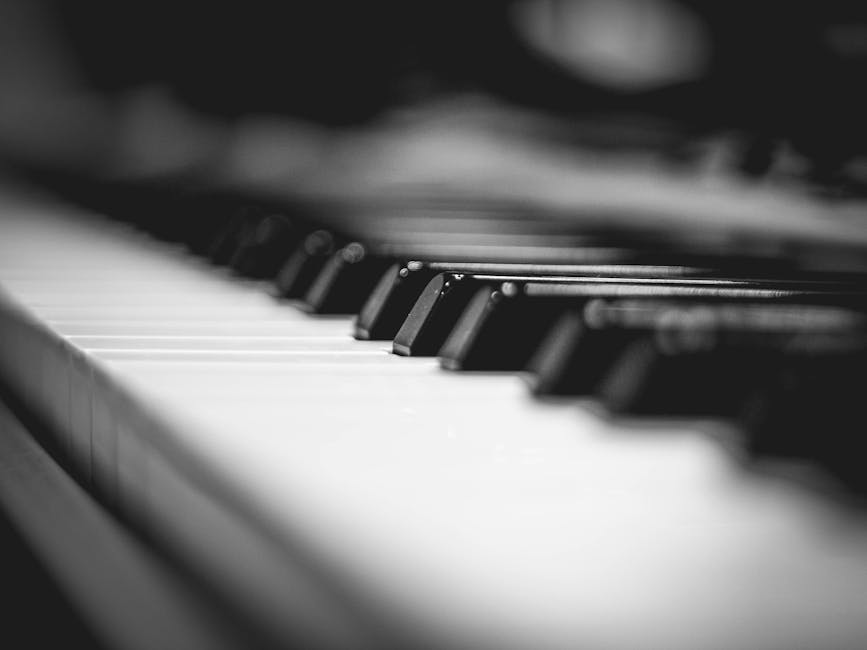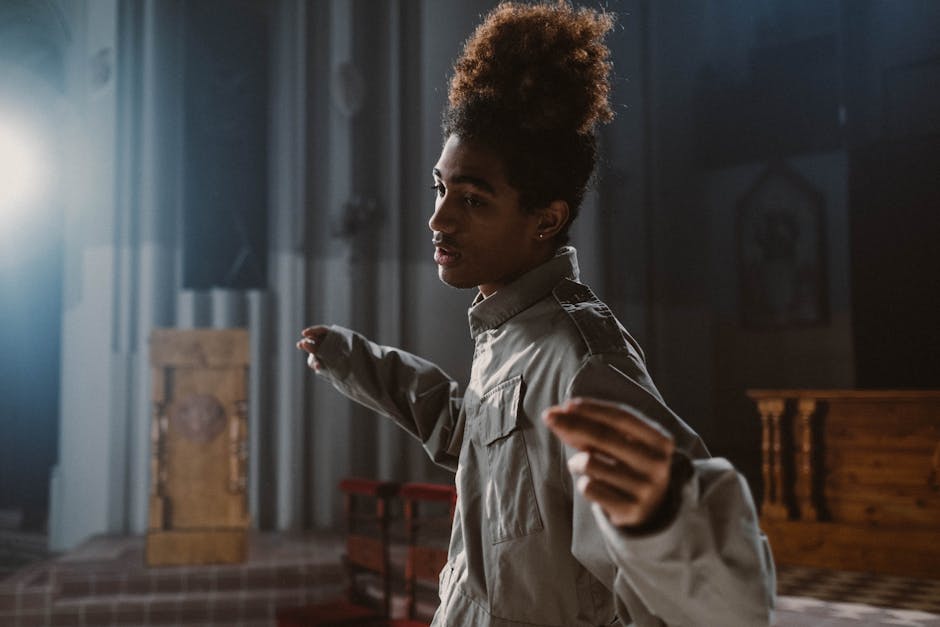The Unseen Influence: How Urban Soundscapes Shape Visual Storytelling
There's a whisper echoing through the alleys of bustling urban landscapes, a symphony composed not of sight, but of sound. Many photographers focus on light, color, and composition, but how often do we consider what we hear? Urban soundscapes—those layers of ambient noise, music, chatter, and even silence—have an unspoken, yet profound influence on visual storytelling in photography. This article will explore how these rich auditory elements can shape our photographic narratives, offering practical tips for how to incorporate them into your shooting routine. We’ll also recommend essential gear that can elevate your experience beyond visual aesthetics, blending sound and imagery into an immersive art form.
Understanding Urban Soundscapes: An Introduction
Urban soundscapes are the auditory environment that envelopes us as we navigate through cities, crafting a unique narrative for each location. Imagine the bustling roads filled with honking cars, the distant clatter of construction, or the serene sounds of nature awkwardly juxtaposed in an urban park. Each of these sounds not only reflects the character of the space but also sets the emotional tone for the visual stories we aim to capture.
According to a study published in the Journal of Urban Environmental Research, auditory experiences can have significant psychological impacts, influencing creativity and perception (Harvard Business Review). The idea isn’t just to hear; it’s to listen. Trained ears can help us attune our vision, guiding the composition of our shots and highlighting nuances typically overlooked.
Why Sound Matters in Photography

The interplay of sound and vision creates a profound experience that transcends traditional photography. Just as color evokes emotions and shapes narratives, sound can infuse life into visuals. For instance, the chatter amidst a bustling market can help narrate a story about community, while the echo of footsteps in an empty street could evoke solitude. Recognizing the emotional undertones in these soundscapes can elevate the impact of your images.
Moreover, marrying sound with a visual narrative enables storytelling that is deeply immersive. It plants the viewer within that environmental context, giving them a sense of belonging and engagement. An image of a street musician strumming a guitar, complemented by the notes you can almost "hear," creates a more profound connection compared to a photograph devoid of this sensory layer.
Practical Tips for Engaging with Urban Soundscapes

1. Cultivating a Sensitive Ear

Before you even arrive at a location, practice tuning into your surroundings in everyday settings. Whether you’re at a café or walking down the street, close your eyes for a moment and focus solely on the sounds around you. Let the rhythms and tones wash over you; notice how they shift and change. This practice helps cultivate an awareness that will benefit your photography.
2. Observe Local Culture Through Sound

Sound varies widely depending on culture and location. The vibrancy of a local festival may unveil itself through the honks of rickshaws and lively music, while a quiet residential area can be punctuated by children playing and dogs barking. Embrace these unique soundscapes as part of your story. Consider visiting less touristy locales where sounds reflect local life more authentically.
3. Incorporate Gear for Better Sound Capture

If you're aiming to create multi-sensory stories, consider investing in quality gear that can capture sound alongside your images. Here are a few recommendations:
-
Portable Audio Recorders: Devices such as the Zoom H1n Handy Recorder allow you to capture high-quality audio without the added bulk. You can layer this sound onto your video or photography presentations later.
-
Directional Microphones: Pair your camera with a directional microphone like the Rode VideoMic to capture specific sounds that enhance your visuals, such as a street performer or the ambiance of a market.
-
Headphones: Invest in a good pair of noise-cancelling headphones to block out distractions while you work to capture the essence of your environment.
4. Documentation Through Sound Maps

Creating a sound map of your urban explorations can be a powerful exercise. Record snippets of different locations—documenting the essence of each place. When combined with your photos, these audio tapes can serve as a rich repository of storytelling materials. It’s an evocative way to retrace your steps and evoke memories!
5. Combine Auditory and Visual Elements

In your final presentations, consider integrating sound into your portfolio. Whether through video slideshows accompanied by the captured audio or multimedia installations, the merging of sound and visuals can leave a lasting impact on your audience. The added layer will make your storytelling more immersive, captivating viewers’ imaginations much further than visuals alone.
Case Study: The Power of Sound in Photography

Take a moment to visit master your visual storytelling skills by exploring the rich history of street photography. Renowned photographers often include sound as a subtle yet powerful element of their work. For example, Bruce Gilden’s iconic shots of urban life invite viewers to feel the bustling streets, even if they can’t hear the sounds themselves. His vivid images evoke a sense of place and evoke emotions tied deeply to the ambient sounds that echo in the viewer’s mind.
Similarly, understanding how sound frequencies can influence photography is critical—something we've explored in previous articles. For instance, in The Hidden Symphony, we discussed how color and sound can create emotional responses layered upon visual storytelling.
The Intersection of Sound and Emotional Resonance

Just as colors can evoke feelings—saturated hues energize while subdued tones calm—local sounds resonate on an emotional level. A street corner filled with vibrancy can uplift, while eerie silence in an abandoned place can evoke melancholy. Understanding how to harness this emotional connection can elevate your photography from simple documentation to impactful storytelling.
Helpful resources such as Soundscapes of Imagery delve deeper into how these auditory experiences can help create visually striking stories that resonate well with an audience.
Final Thoughts
Your journey as a photographer need not be confined to light and composition alone. By actively engaging with urban soundscapes, you can deepen your storytelling and capture images that not only depict scenes visually but evoke an emotional resonance. The sights you capture will take on new life when merged with the sounds that accompany them. Become a storyteller in every sense—blend your auditory senses with your visual craft and watch as your work evolves into something truly compelling.
Explore urban locales with an open heart, attune your ears to the unnoticed symphonies, and let them inspire you as you shoot. Sound is, after all, an unseen influence that can lead to breathtaking visual narratives.
Additional Resource Links
- Explore more on the emotional landscape by understanding how sound can enhance your photography.
With these insights, you are ready to transform your photography narrative, capturing not just images but emotions, sounds, and memories of urban storytelling. Now, imagine how your next project will breathe life into these hidden stories hidden within soundscapes.





